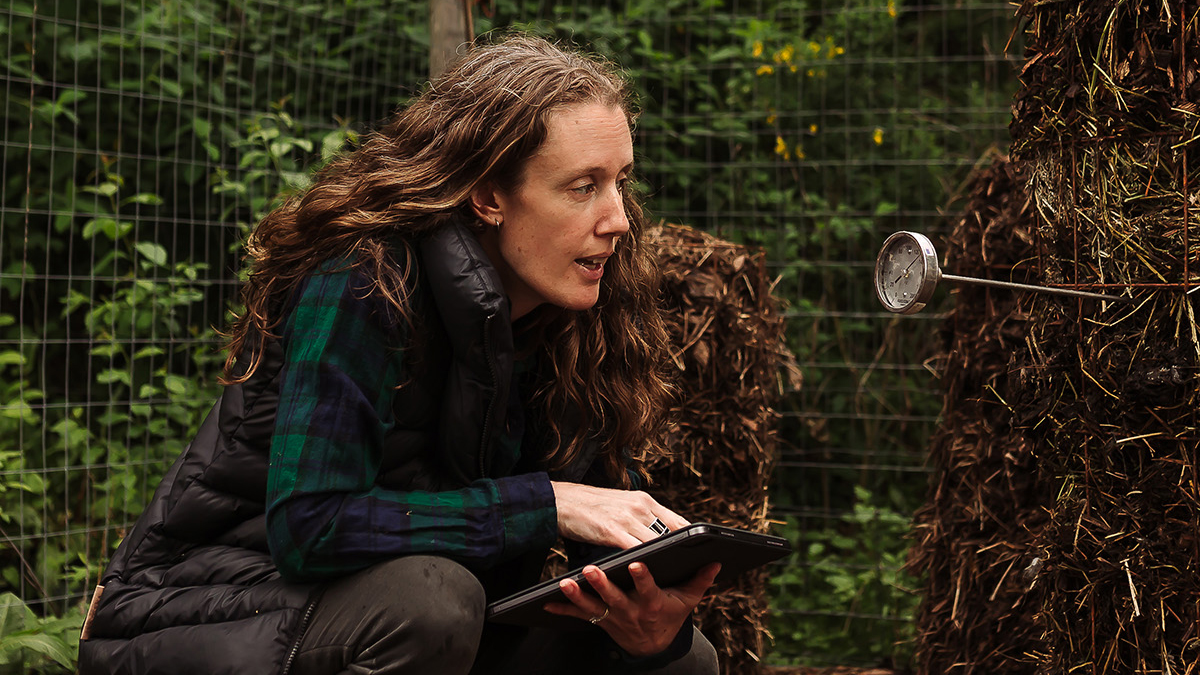Bring Back the (Right) Microbes!
Every region has unique microorganisms dwelling in the soil, adapted to the climate, flora, fauna and geological history of a place. Unfortunately there are some parts of the planet where the soil has become so degraded – in watersheds where forests are long gone and in lands where the soil has long been tilled and reaped without reciprocity – that all is left is dirt. There are no longer any reservoirs of indigenous microorganisms. Nowhere we could take just a little pinch of soil teeming with billions of life forms to inoculate compost piles. No way to nurture that dirt back to soil with a semblance of the life that once was.
Here, we are fortunate to still have access to indigenous microorganisms, and time to support their return to our gardens, farms, and windowsills. We can:
1) Opt out of commercial microorganisms that aren’t sourced from our watershed. They are regionally adapted to somewhere… but not here.
2) Increase diversity by including many different local materials in your compost piles. A recipe for late spring follows.
60% Browns. Dead leaves from a variety of trees, stalks from last year’s garden (once over-wintering insects have moved on), wood shavings, local straw or bedding hay that was cut when brown, handfuls of compost from your friends. Let a pile of diverse woodchips sit first for at least 6 months in the rain, and watch the indigenous fungi moving in!
30% Greens. Kitchen scraps (especially from fruit and vegetables sourced from local farms), stockpile in the freezer if you can. Weeds, lawn clippings, locally sourced (unsprayed) hay, dried leaves that fell when green.
10% High nitrogen (C:N ≤ 10:1). See if you can source manure from pastured animals (no de-wormers!). Local legumes such as field peas and clovers can work too.
Then take a hike through a forest in our watershed and scrape some of the soil off your boots into your pile. Never take more than a pinch. Manage it thermophilically to control potential pathogens and voila, a win for local diversity!
For plants that come with diverse indigenous biology already in their pots, come find me on www.Cow-Op.ca.
